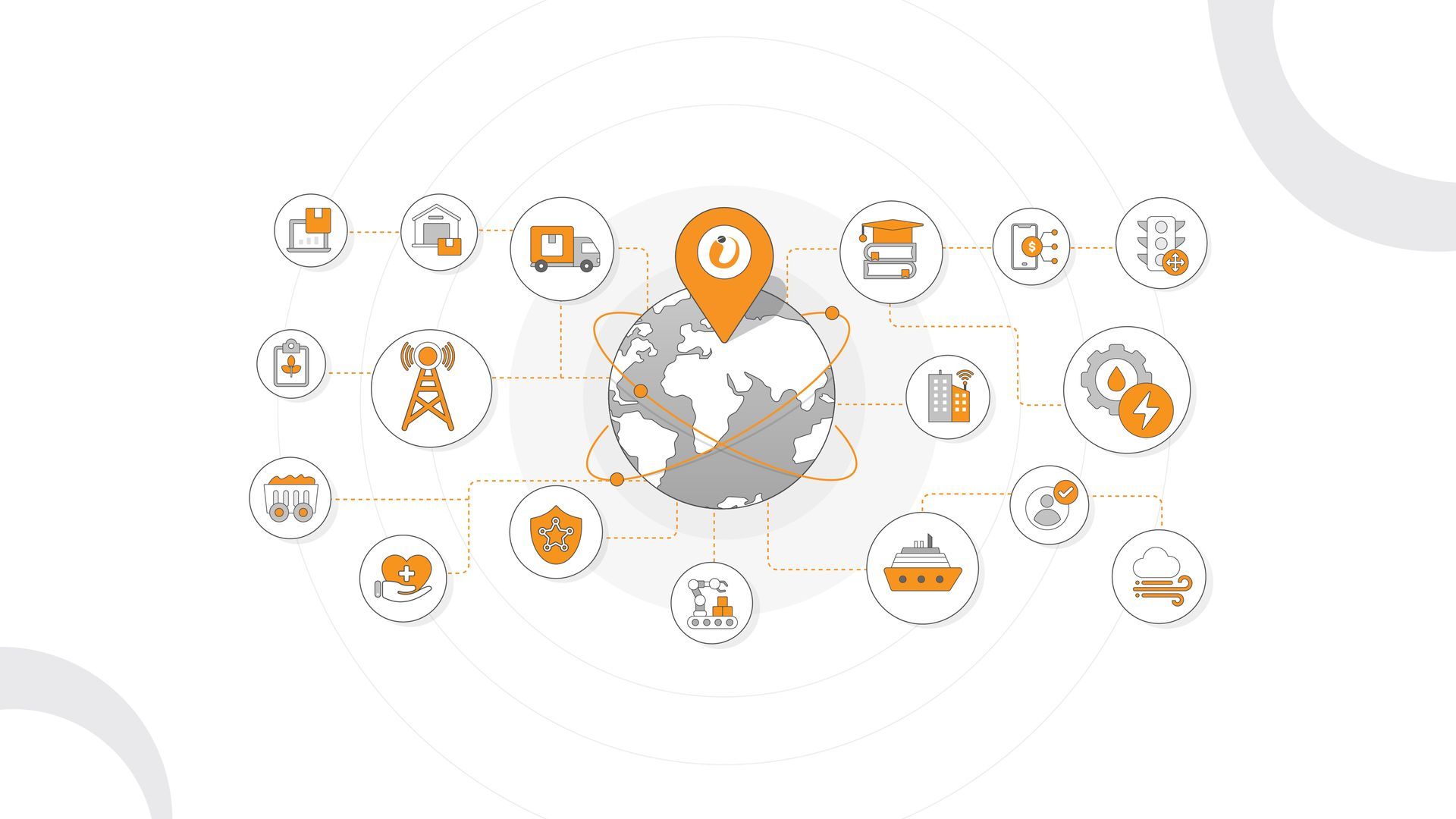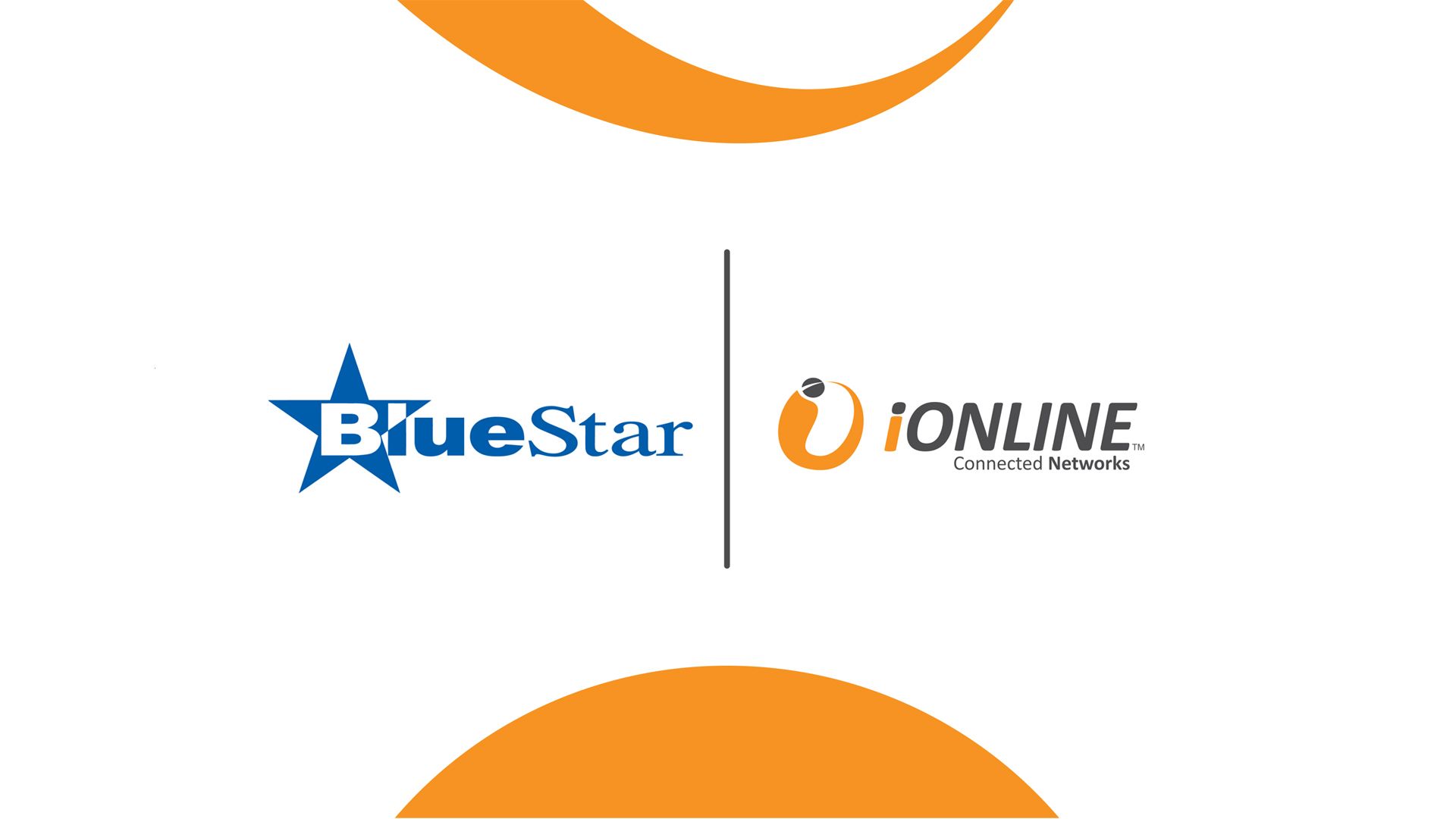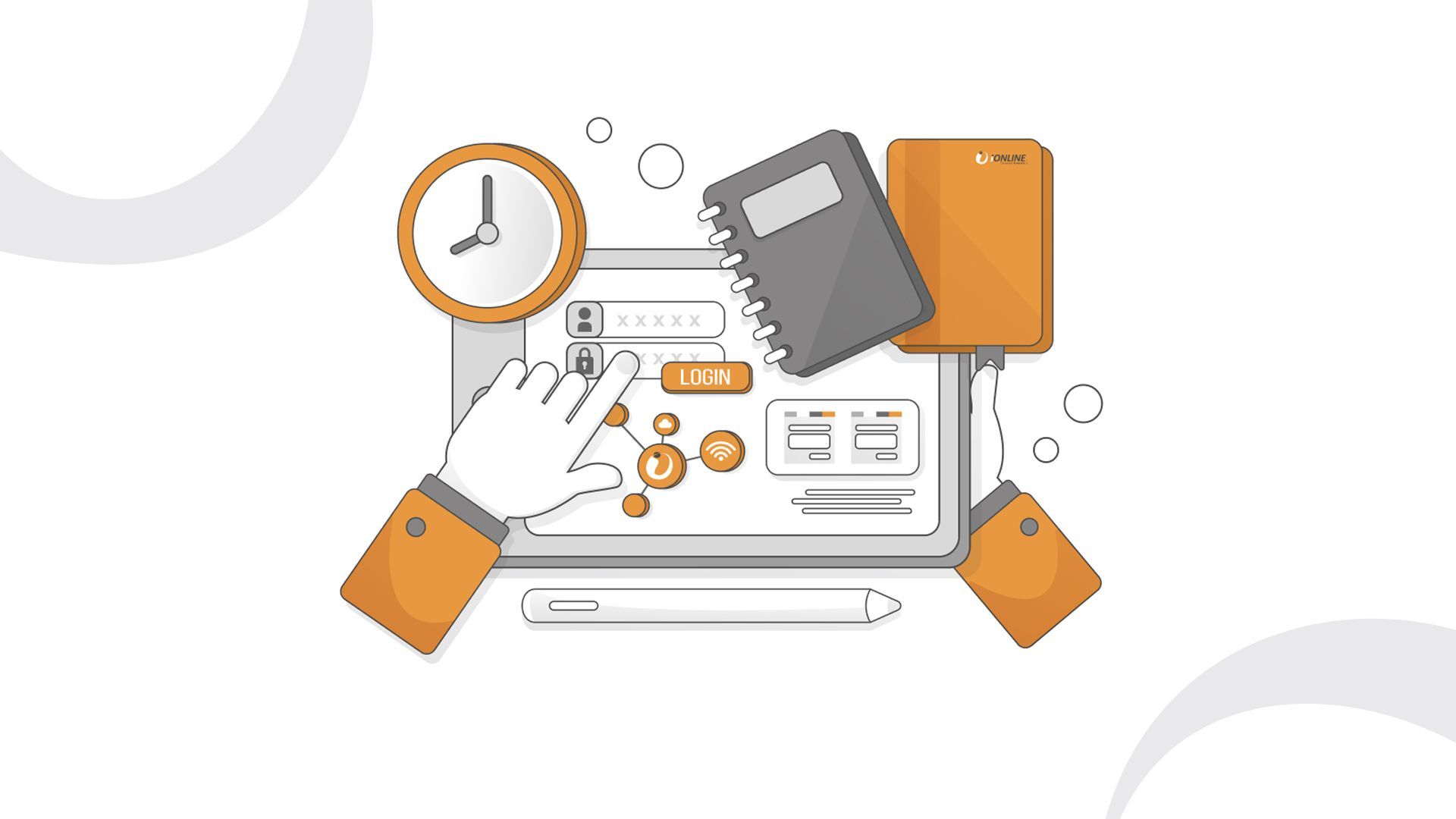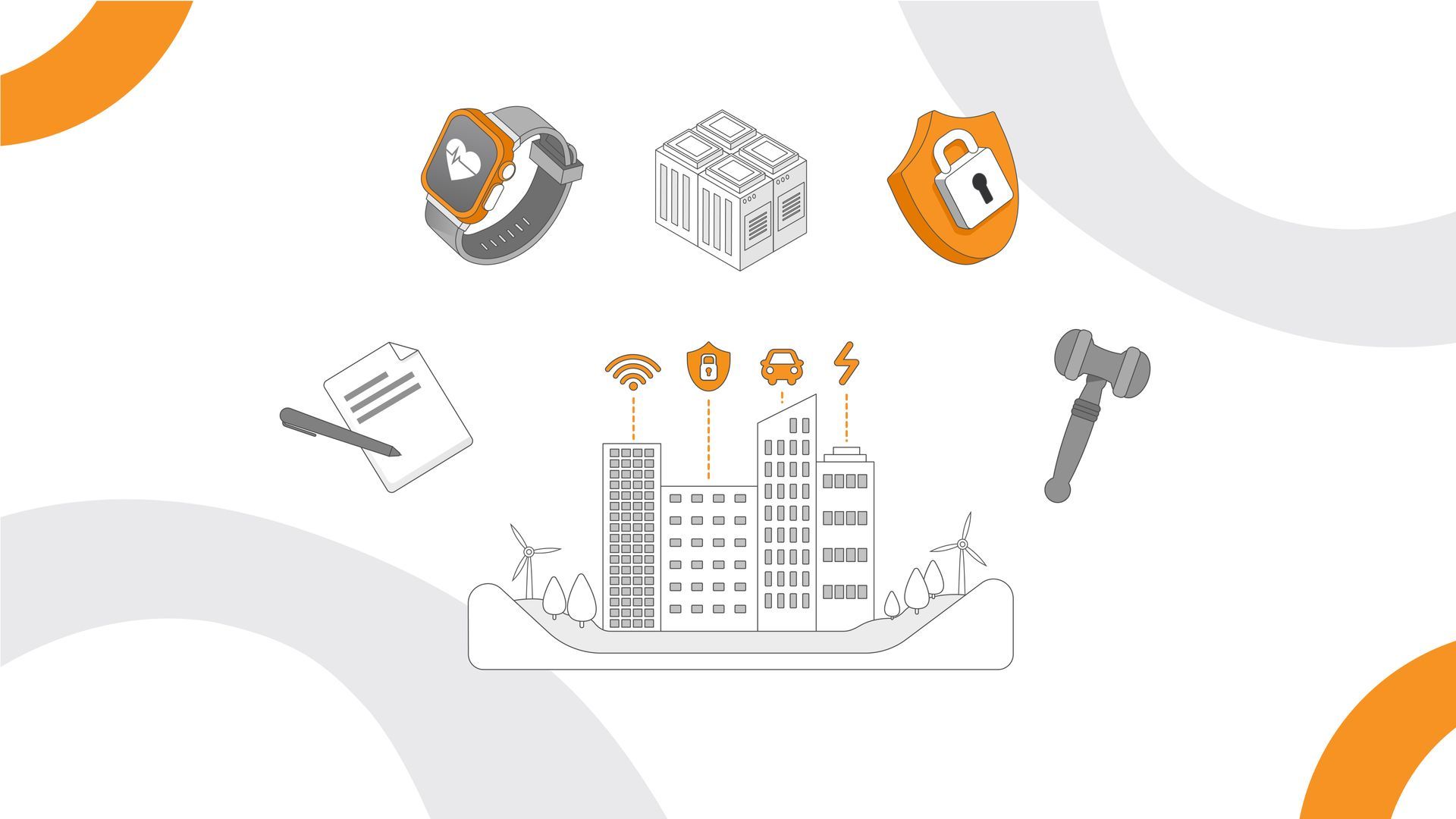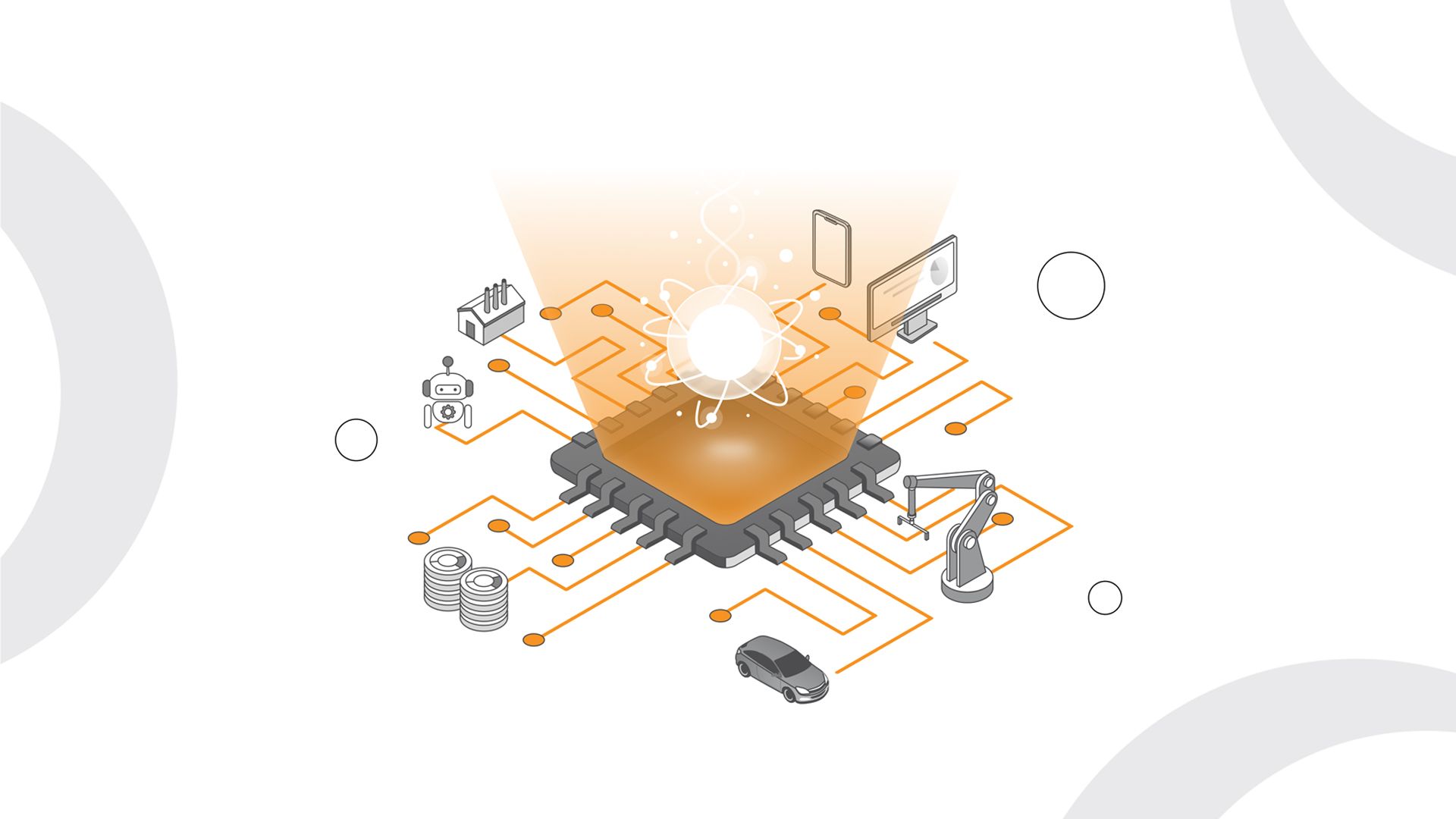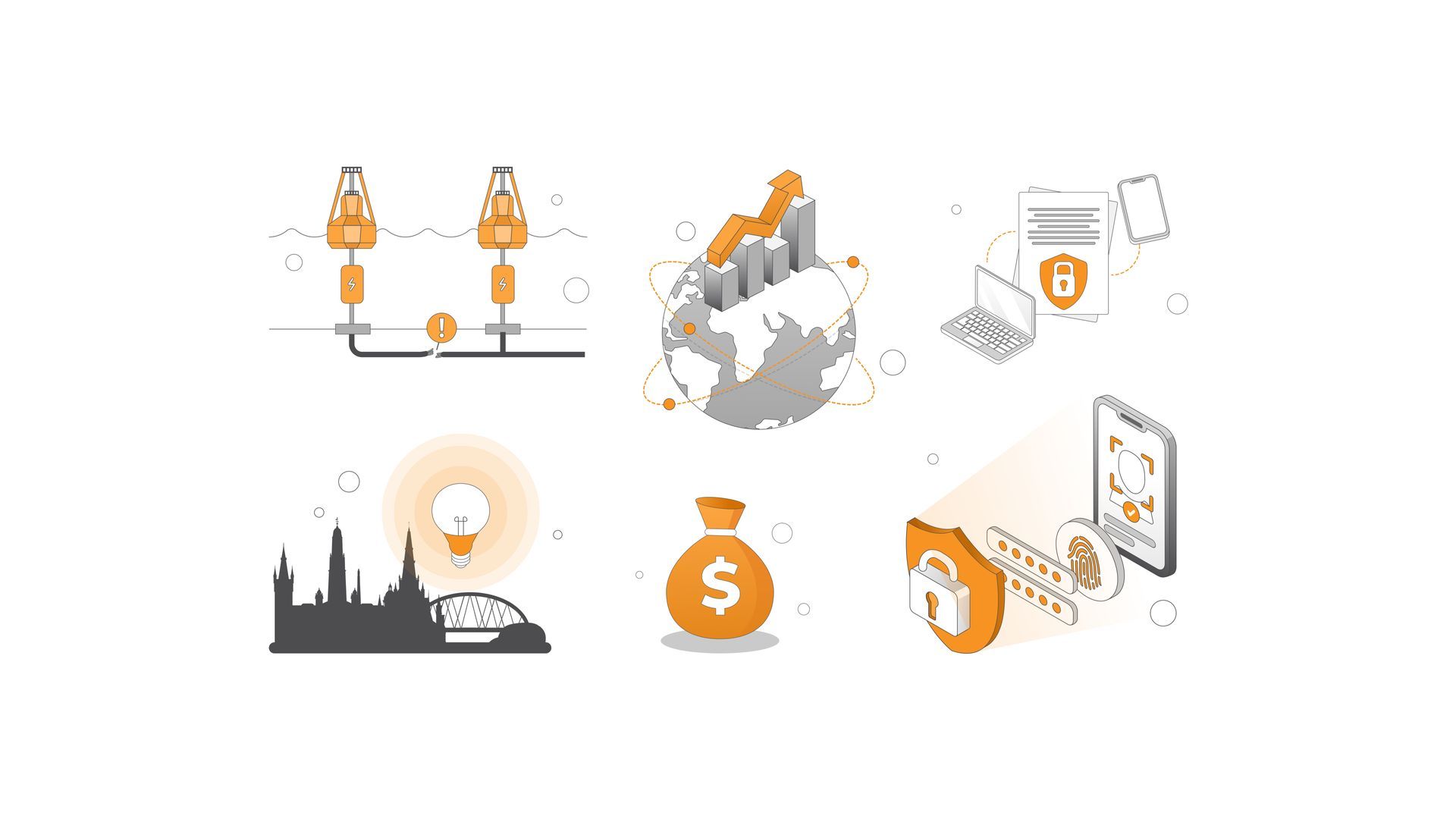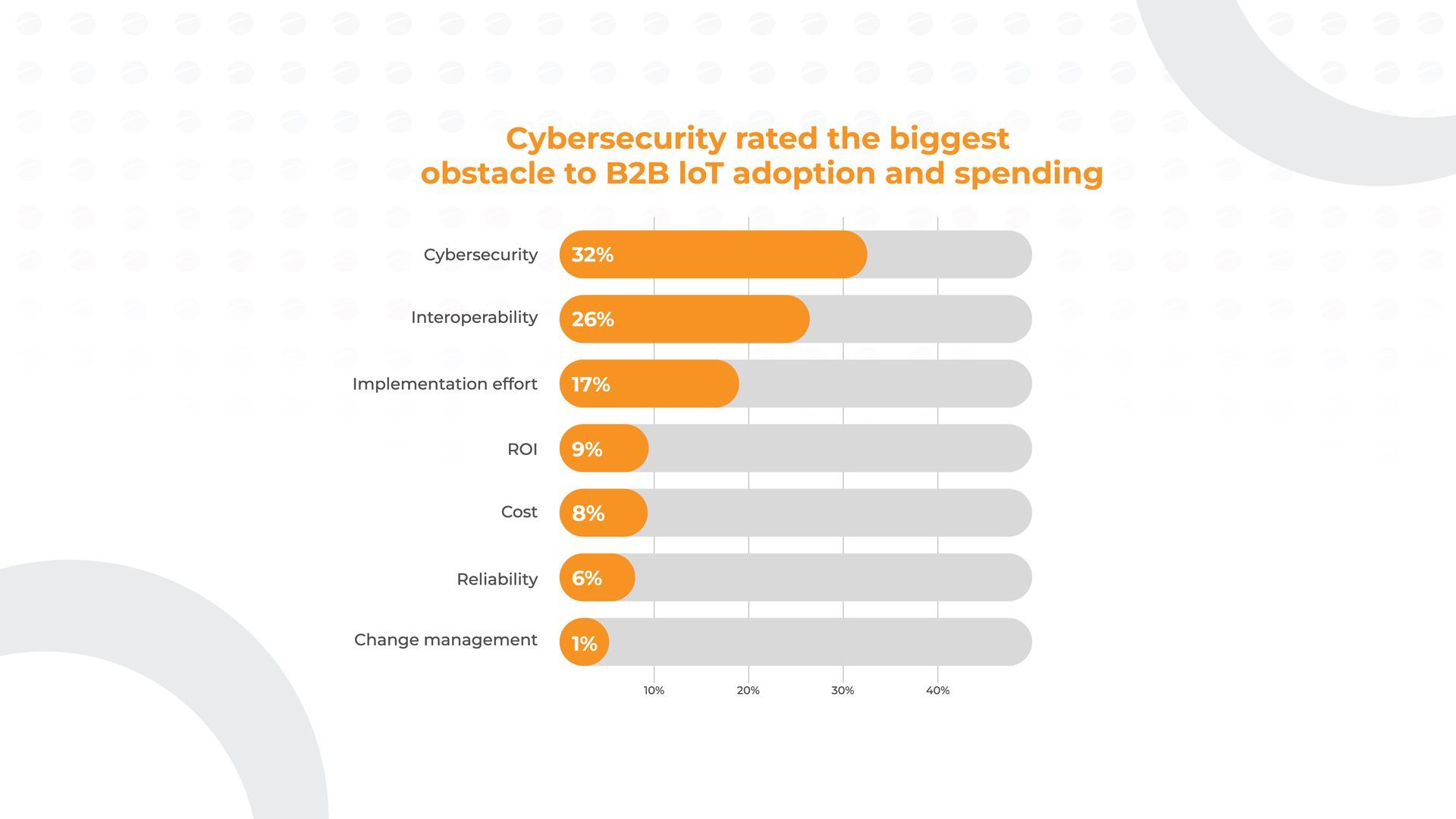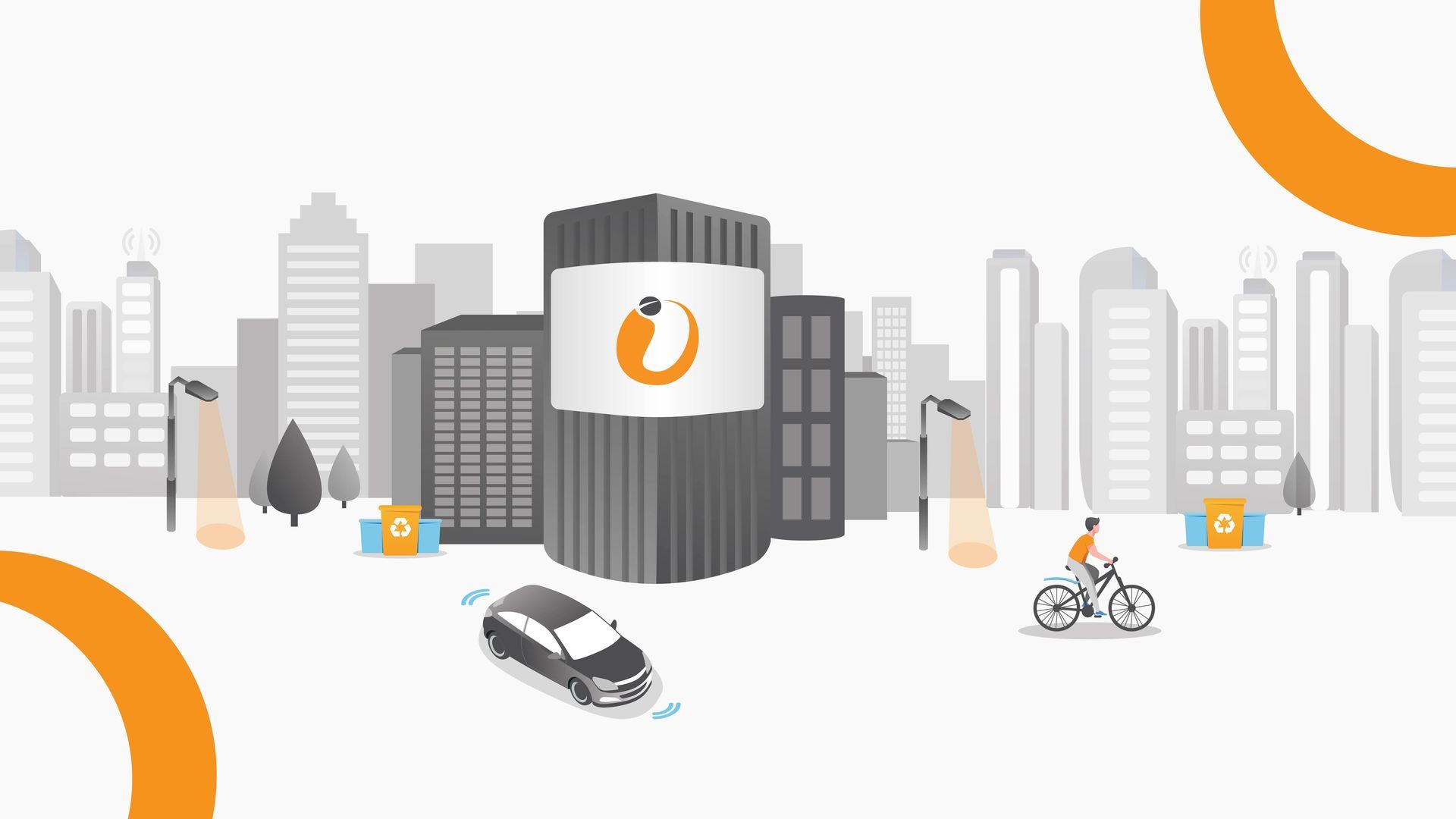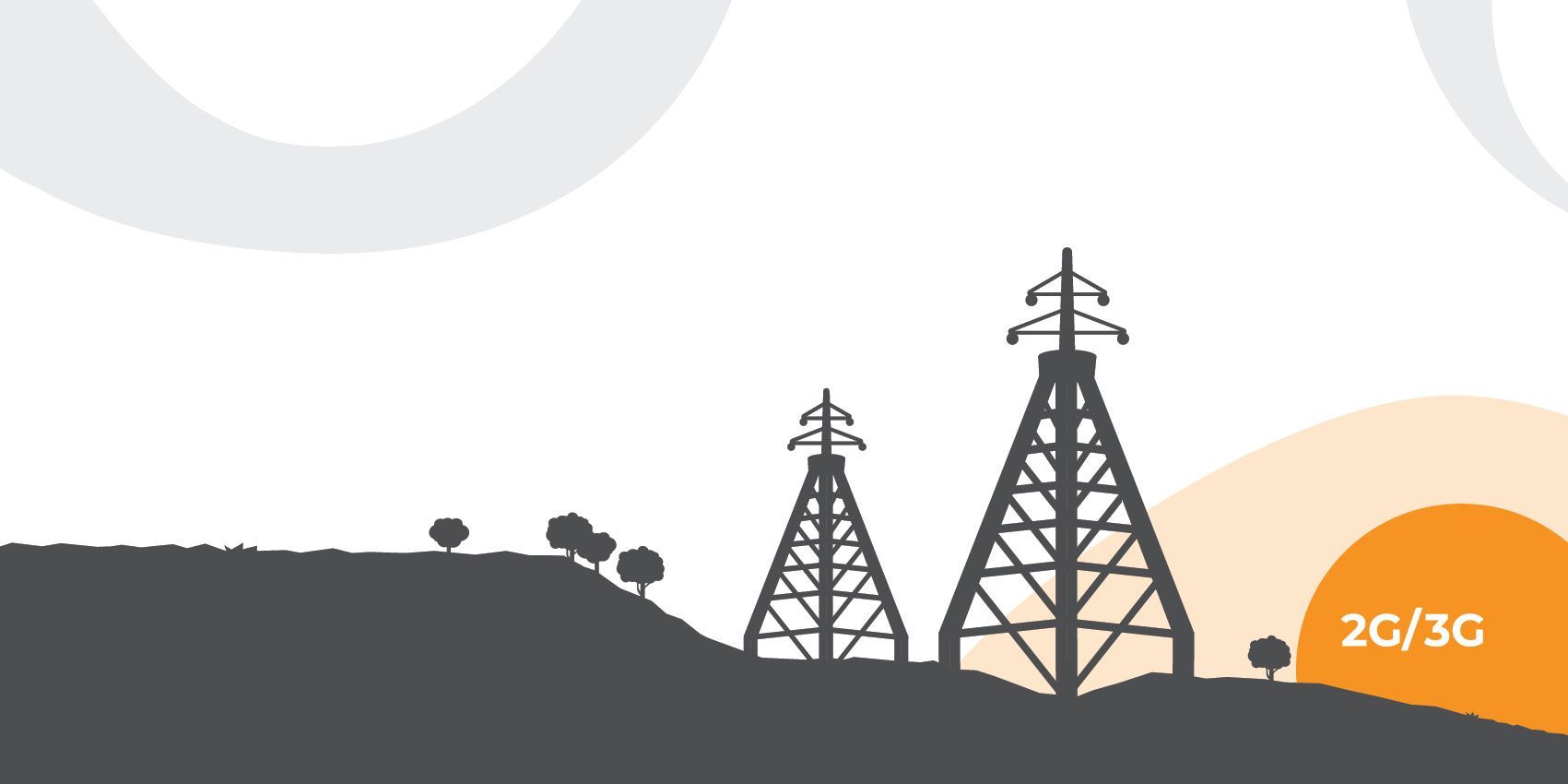What does the future of IoT look like?
IoT devices are becoming more powerful, efficient, and widespread.
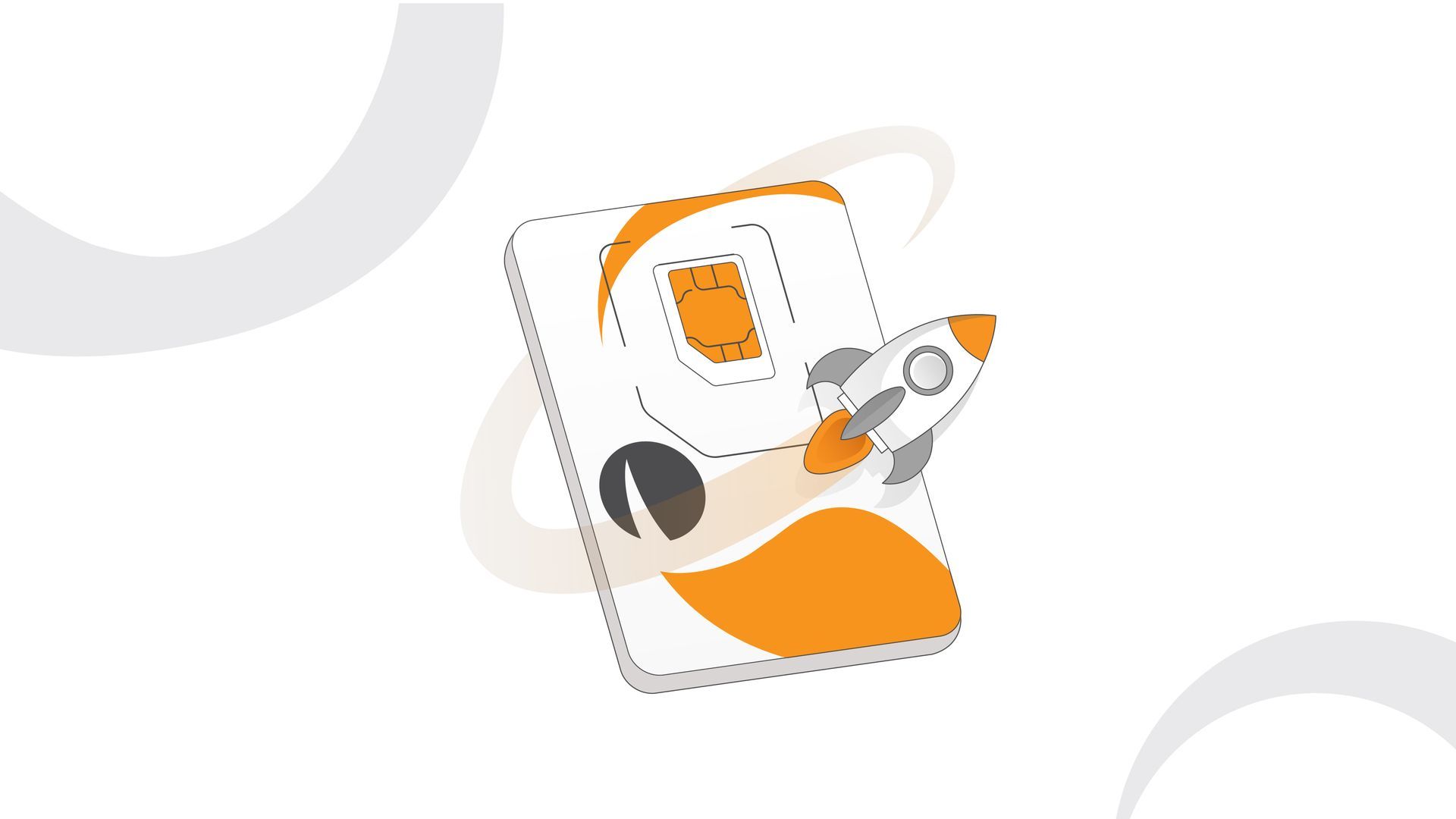
What does the future of IoT look like? With enterprise IoT connections set to surpass 13 billion this year, outpacing consumer IoT for the first time, it’s definitely time to pivot.
IoT devices are becoming more powerful and efficient, and their uses more widespread, than ever before. It’s an evolution that signals a new chapter in IoT's story, with a focus not only on how these established technologies are transforming business operations, but also what the impact of this will be.
Beyond data collection
Today's sophisticated IoT ecosystems transform data into actionable intelligence, enabling autonomous decision-making and real-time optimisation.
Here’s a scenario to exemplify: a European logistics company moved beyond basic GPS tracking, and their intelligent IoT network now automatically reroutes vehicles based on real-time conditions, reducing fuel consumption by 23% and delivery times by 31%. They're processing over 500,000 data points daily to make informed decisions without human intervention. That’s an extraordinary impact.
The power of convergence
Technologies that complement IoT, such as AI, machine learning, edge computing, and 5G, have matured significantly, while blockchain and cloud computing continue to enhance the already extraordinary capabilities of IoT.
More than just connecting devices, this convergence creates intelligent networks that think, learn and adapt. With processing speeds now lightning-fast through edge computing, split-second decisions are driving greater efficiency.
For example, autonomous vehicles can now process and react to road conditions in under 5 milliseconds, compared to as long as 40 milliseconds with traditional cloud computing. It’s easy to imagine the enormous change this makes to people’s lives.
Regulation will drive innovation
The IoT market has matured so much that new regulations and standards need to be implemented globally, creating a more robust foundation for transformation.
These new minimum requirements are fuelling innovation, pushing the boundaries of security, efficiency and interoperability. Consider, for instance, the EU's Cyber Resilience Act, which mandates minimum security requirements like unique passwords and regular software updates. This has spurred manufacturers to develop innovative automated security solutions, improving both product security and user experience."
Gaining ground
As these technologies mature further, the focus shifts from adoption to optimisation; to thoughtfully applying these proven solutions to real situations, and spurring action.
A farmer using smart agriculture exemplifies this shift: their IoT-enabled irrigation system not only autonomously monitors soil conditions but also adjusts water distribution, resulting in 35% water savings and a 28% increase in crop yield.
Brace for impact
All of this progress means that organisations can focus less on the 'how' of IoT implementation and more on the 'what' - what outcomes can be achieved, what processes can be optimised, what new opportunities can be unlocked.
It’s an impact both seen and felt.

